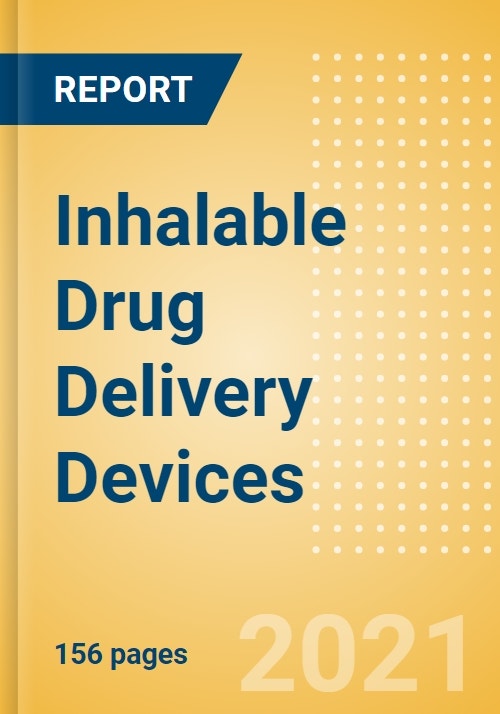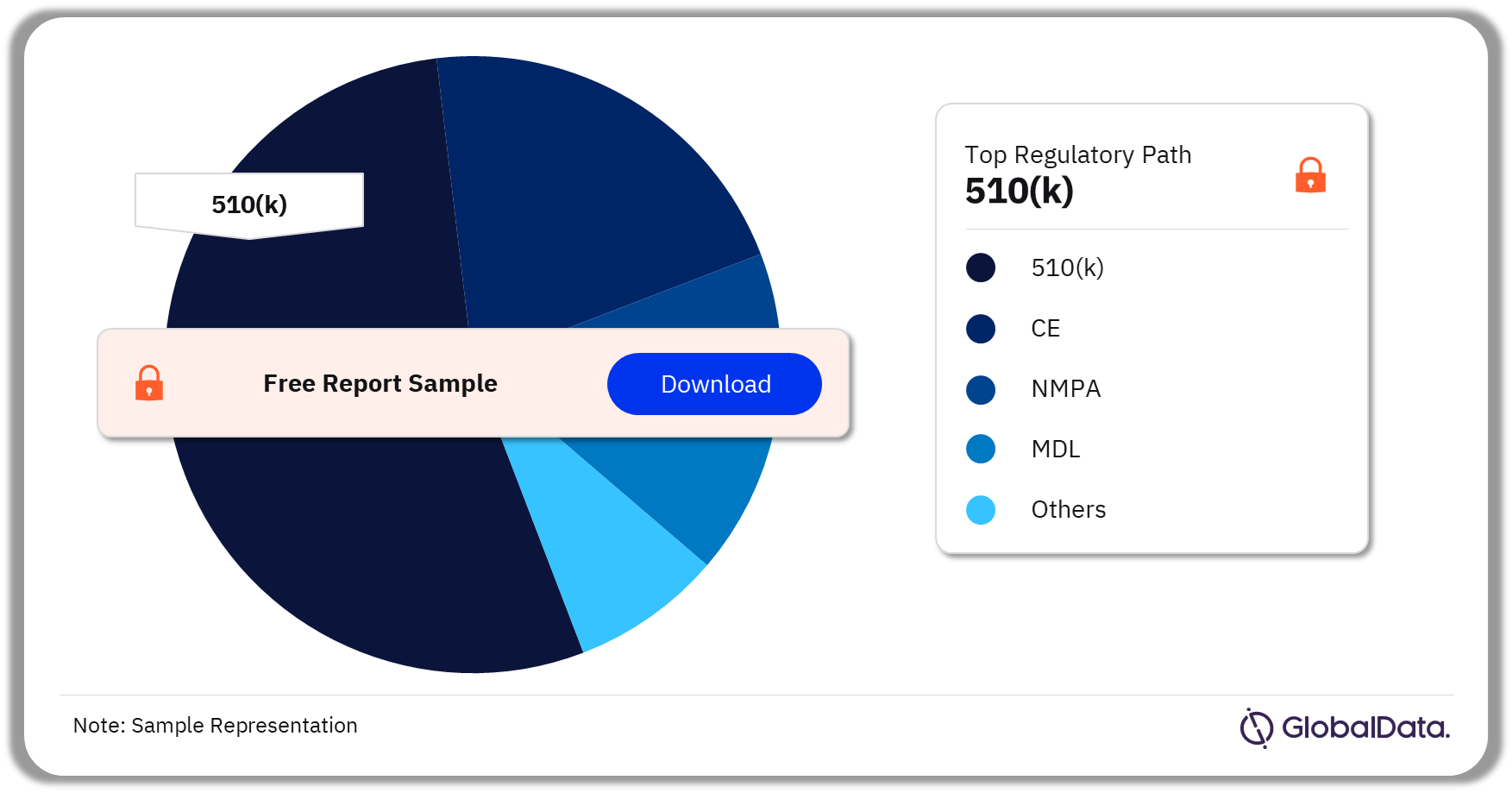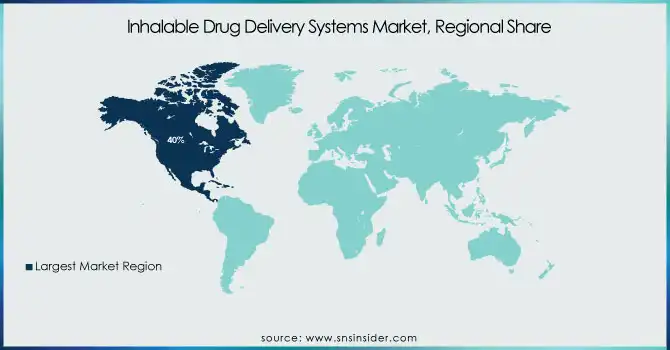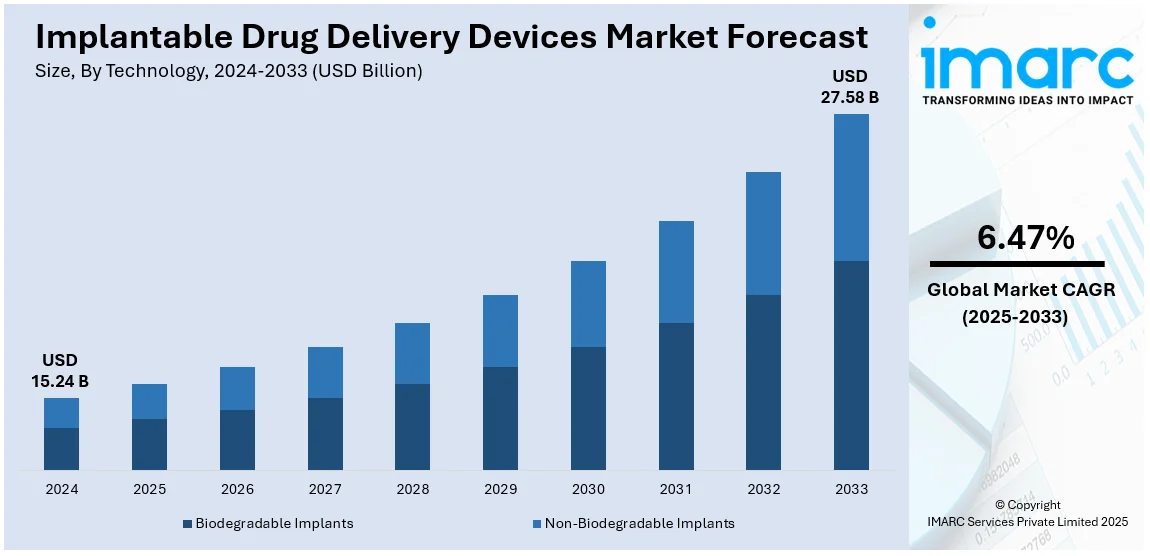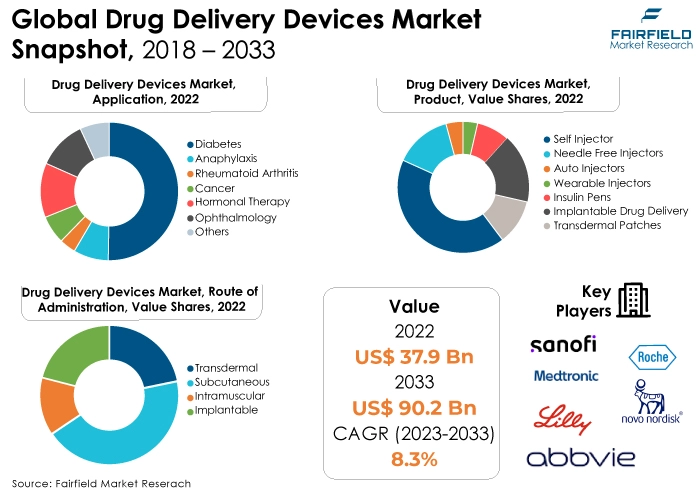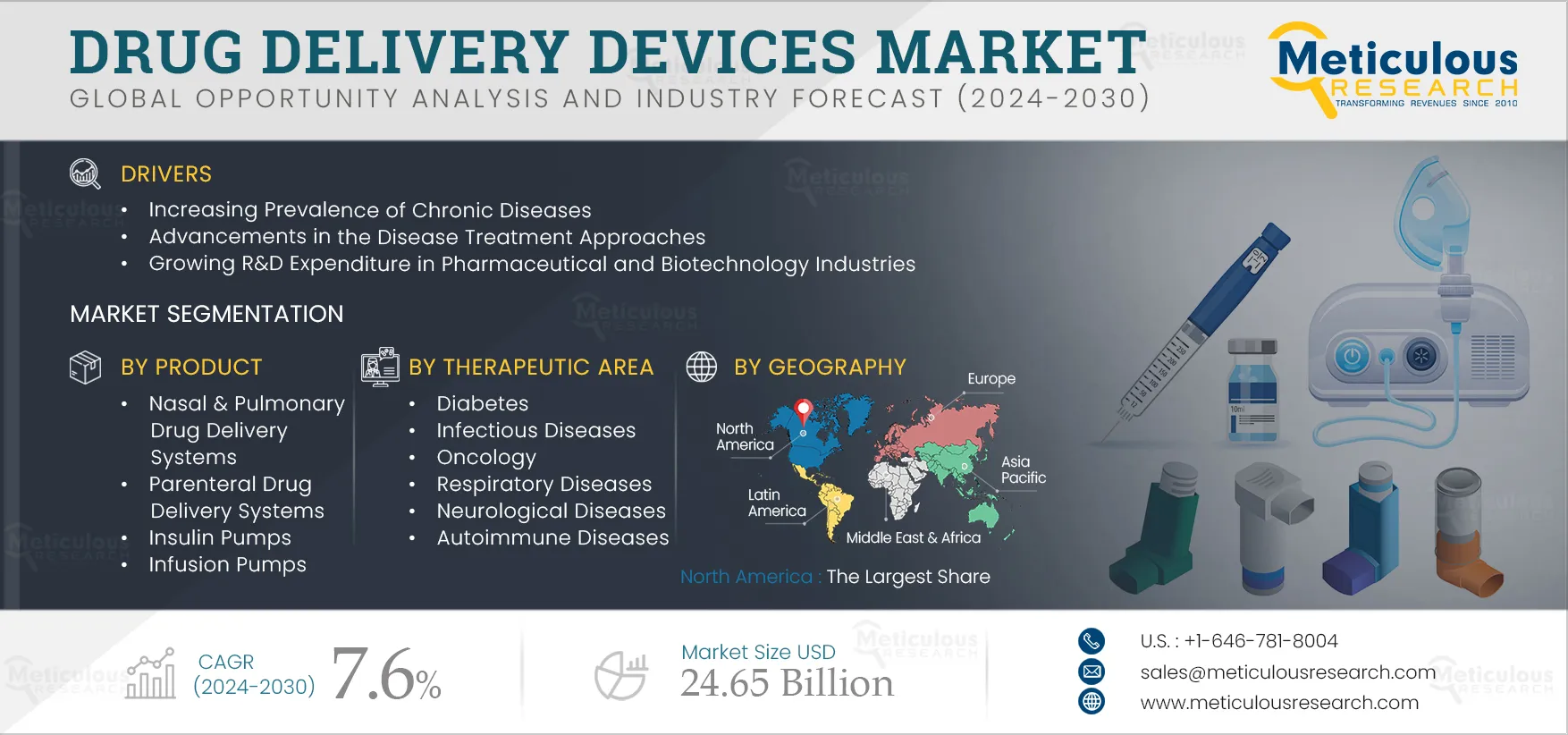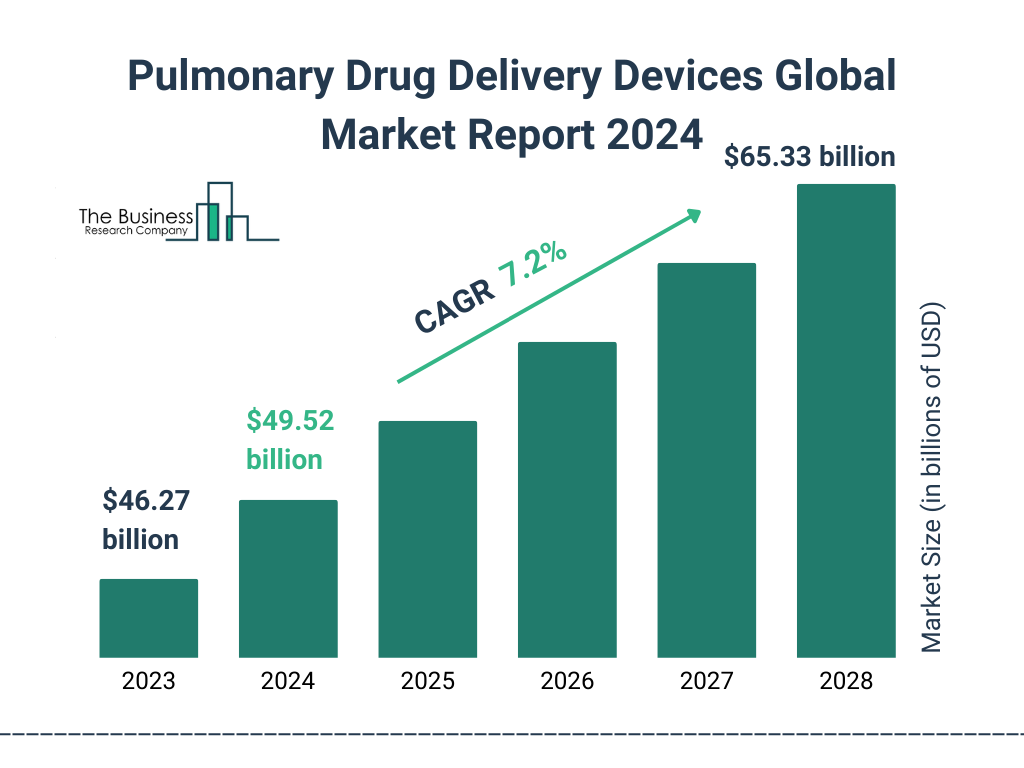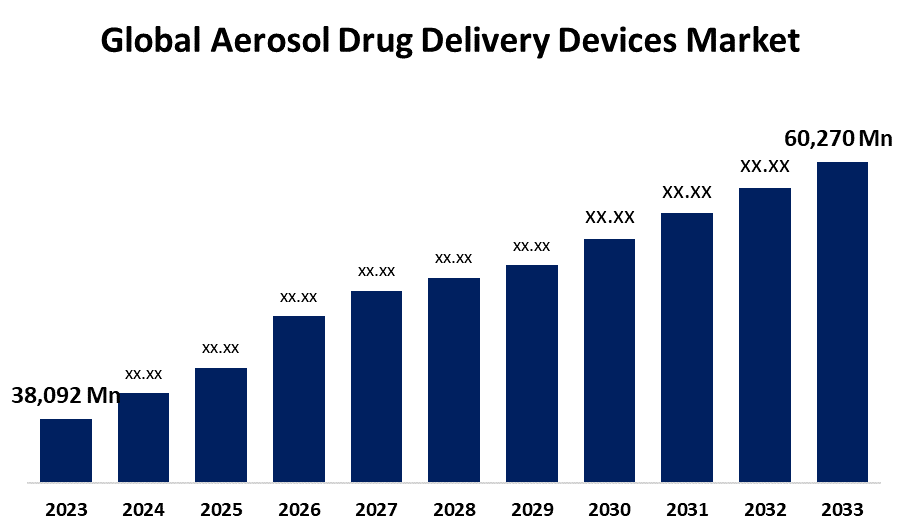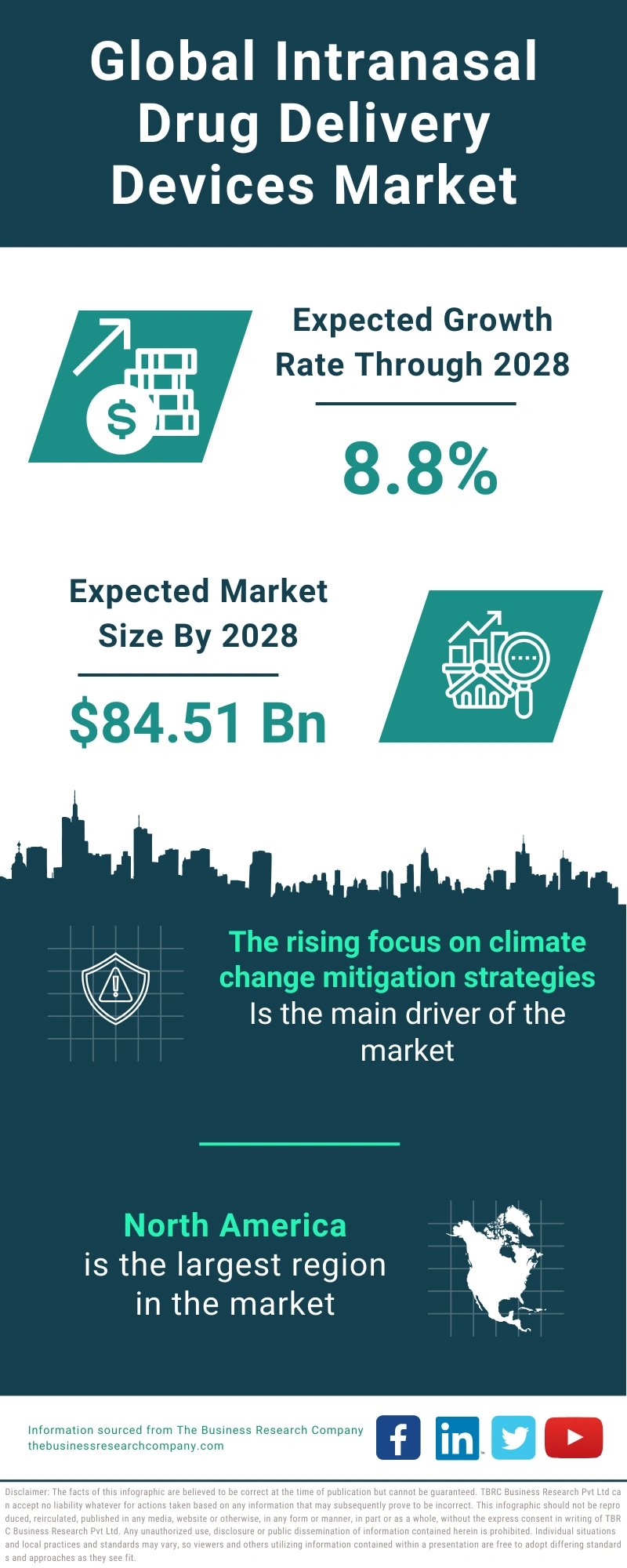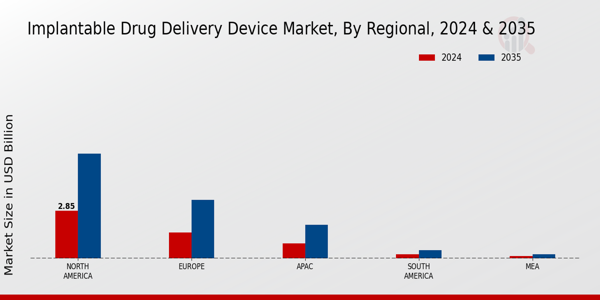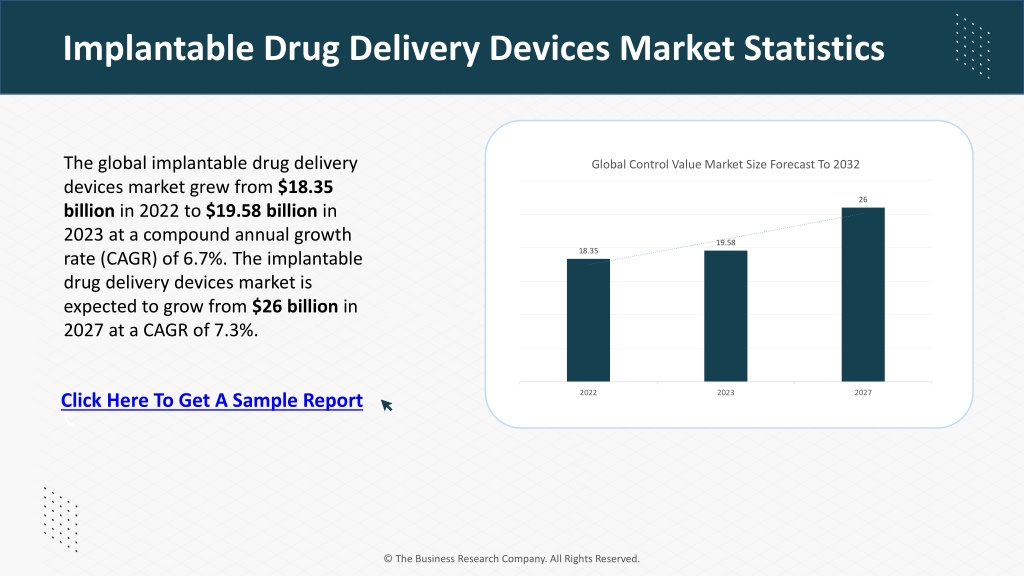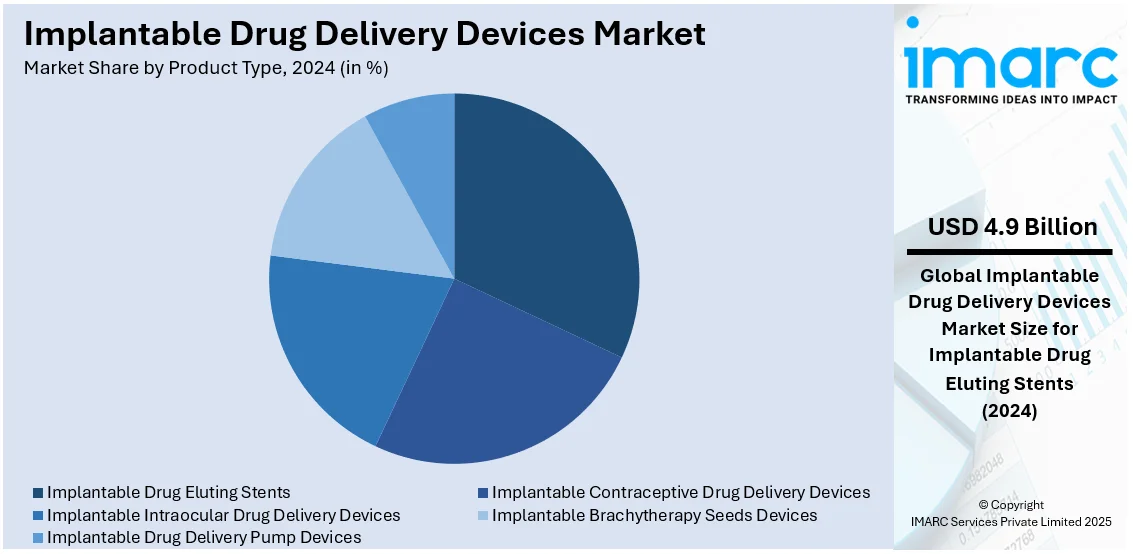Inhalable Drug Delivery Devices Pipeline Product Market
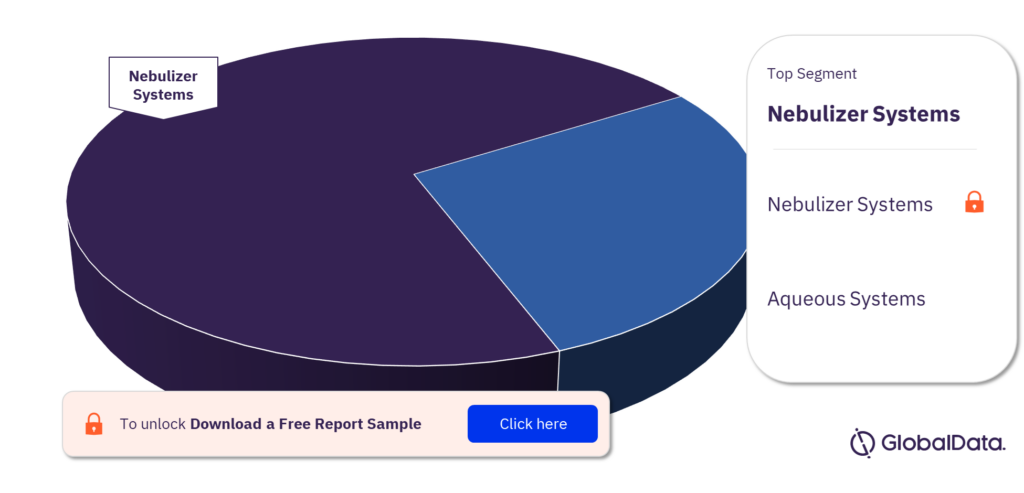
Imagine a future where managing chronic respiratory illnesses like asthma or COPD doesn't solely rely on bulky nebulizers or cumbersome injection schedules. Picture medications delivered directly to your lungs with a simple, controlled breath, offering faster relief and improved quality of life. This isn't science fiction; it's the promise being forged within the burgeoning market for inhalable drug delivery devices.
This article delves into the exciting world of the inhalable drug delivery devices market, exploring its current state, emerging trends, key players, and the potential it holds to revolutionize respiratory care and beyond. We'll examine the innovative technologies driving this growth and the impact they are poised to have on patients and the pharmaceutical industry alike.
The Breath of Innovation: A Market Overview
The global inhalable drug delivery devices market is experiencing significant growth, driven by the rising prevalence of respiratory diseases, technological advancements, and a growing demand for non-invasive drug delivery methods. According to a recent report by Market Research Future, the market is projected to reach billions of dollars in the coming years, fueled by a consistent compound annual growth rate (CAGR).
This growth is attributed to several factors. The increasing aging population, combined with rising rates of smoking and air pollution, is contributing to a higher incidence of respiratory ailments. Patients are also seeking more convenient and effective drug delivery options compared to traditional methods like oral medications or injections.
The market encompasses a range of devices, including metered-dose inhalers (MDIs), dry powder inhalers (DPIs), and nebulizers. Newer innovations, such as smart inhalers with connectivity features, are also gaining traction, adding another layer of sophistication to the market.
Types of Inhalable Drug Delivery Devices: A Closer Look
Metered-dose inhalers (MDIs) are perhaps the most recognizable type of inhalable drug delivery device. They deliver a measured dose of medication in aerosol form, using a propellant to push the drug out of the inhaler.
While MDIs are widely used, they require coordination between actuation (pressing the inhaler) and inhalation, which can be challenging for some patients, particularly children and the elderly. Spacers can be used to mitigate this challenge.
Dry powder inhalers (DPIs), on the other hand, deliver medication in the form of a dry powder. Patients inhale the powder directly into their lungs, eliminating the need for a propellant.
DPIs are generally considered easier to use than MDIs, as they don't require precise coordination. However, they do require a strong inspiratory effort from the patient.
Nebulizers are devices that convert liquid medication into a fine mist that can be inhaled. They are often used for patients who are unable to use MDIs or DPIs, such as infants or individuals with severe respiratory distress.
While nebulizers are effective, they are generally bulkier and take longer to deliver medication compared to MDIs and DPIs. They also require a power source, limiting their portability.
Emerging Trends and Technological Advancements
The inhalable drug delivery devices market is constantly evolving, with new technologies and innovations emerging regularly. One significant trend is the development of smart inhalers, which are connected to mobile apps and can track medication adherence, provide reminders, and monitor environmental factors that may trigger respiratory symptoms.
These smart inhalers offer the potential to improve patient outcomes by promoting better adherence to treatment plans and providing valuable data to healthcare providers. Companies like Propeller Health and Tevea are leading the way in this area.
Another area of innovation is the development of soft mist inhalers (SMIs), which generate a slow-moving, long-lasting mist that can be inhaled more easily than the aerosols produced by MDIs. SMIs, like the Respimat inhaler developed by Boehringer Ingelheim, aim to improve drug delivery to the lungs and reduce medication deposition in the mouth and throat.
Furthermore, researchers are exploring the use of inhalable drug delivery for a wider range of therapeutic applications beyond respiratory diseases. This includes the delivery of insulin for diabetes management and vaccines for infectious diseases.
Key Players and Market Dynamics
The inhalable drug delivery devices market is competitive, with a mix of established pharmaceutical companies and smaller, specialized device manufacturers. Some of the key players in the market include Novartis, GlaxoSmithKline (GSK), AstraZeneca, and Merck.
These companies are investing heavily in research and development to bring new and improved inhalable drug delivery devices to market. They are also focusing on expanding their product portfolios through strategic acquisitions and partnerships.
The market is also influenced by regulatory factors, such as the requirements for drug approval and the reimbursement policies of healthcare providers. The FDA plays a crucial role in ensuring the safety and efficacy of inhalable drug delivery devices in the United States.
The Impact on Patients and Healthcare
The advancements in inhalable drug delivery technology are having a profound impact on patients with respiratory diseases. Improved drug delivery efficiency, enhanced convenience, and the availability of smart inhalers are all contributing to better patient outcomes and an improved quality of life.
For patients with asthma, for example, the ability to quickly and easily deliver medication to their lungs during an asthma attack can be life-saving. Smart inhalers can also help patients to better manage their condition by tracking their medication use and identifying potential triggers.
The development of inhalable drug delivery systems for other therapeutic areas, such as diabetes and infectious diseases, holds the promise of transforming healthcare delivery and improving patient outcomes for a wider range of conditions.
Challenges and Opportunities
Despite the promising outlook, the inhalable drug delivery devices market faces several challenges. One challenge is the high cost of some of the newer technologies, which may limit their accessibility to patients in developing countries.
Another challenge is the need for continued education and training for healthcare providers and patients on the proper use of inhalable drug delivery devices. Improper use can lead to reduced drug delivery efficiency and suboptimal outcomes.
However, these challenges also present opportunities for innovation and growth. By addressing the affordability and accessibility issues, and by providing better education and training, the inhalable drug delivery devices market can reach its full potential and improve the lives of millions of people around the world.
Looking Ahead: A Future Filled with Promise
The inhalable drug delivery devices market is poised for continued growth and innovation in the years to come. As technology advances and new therapeutic applications emerge, these devices will play an increasingly important role in healthcare delivery.
The development of more user-friendly and cost-effective devices, coupled with the integration of smart technologies, will further enhance patient outcomes and improve the management of respiratory diseases and other conditions.
Ultimately, the future of inhalable drug delivery lies in the ability to provide patients with convenient, effective, and personalized treatment options that empower them to take control of their health and well-being. The journey is ongoing, but the direction is clear: a breath of fresh air for healthcare, delivered directly to those who need it most.

